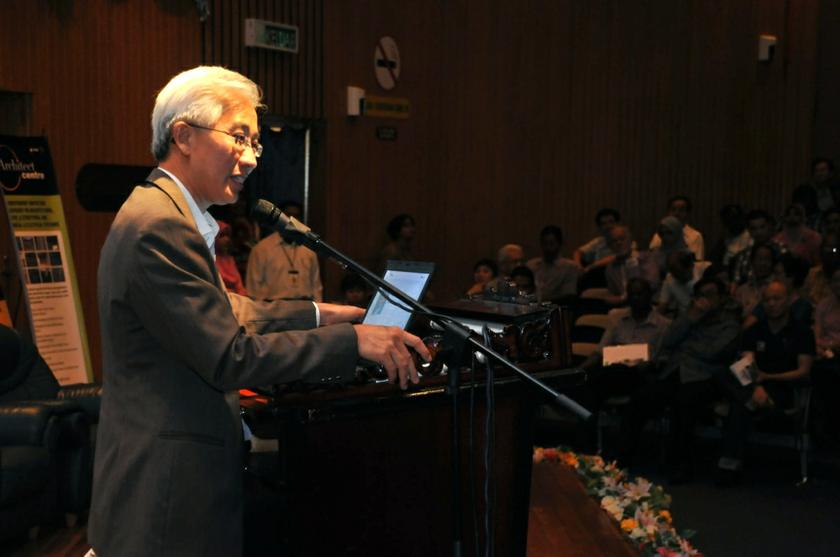GEORGE TOWN, July 25 - New high-rise buildings, not only 10-year-old buildings, could also have structural defects that may pose dangers to its residents and the public, an accredited building inspector today.
Architect Anthony Lee Tee, who together with his team have inspected hundreds of new and old high rise buildings nationwide, said he found many unresolved defects in a majority of the new buildings they have inspected for vacant possession.
“Almost all of the new buildings we inspected have issues from small matters like surface cracks to more serious defects like leaks in the electrical riser rooms or shortcoming in the workmanship,” he said in a short interview after presenting a seminar on building structural and safety inspections for building owners and representatives from management corporations (MC) and joint management bodies (JMB).
He said due to the speed with which most high rise buildings were constructed, combined with a serious lack of skilled labour, attention to detail and skilled supervision, many new high rise buildings have defects from the moment of completion.
“There is usually a 24-month liability period for owners to lodge complaints with the developer and demand for rectification so many high rise building owners are buoyed by this false sense of comfort,” he said.

He said many times, most high rise residential unit owners are only concerned about their own units and they do not pay attention to the common facilities.
“Even their JMB are people who are not well versed in checking systems like the elevator systems, the water pump or other issues rely heavily on the developers’ consultants where many of these defects go undetected until it is too late,” he said.
He said there is a need to educate more strata titled high rise property owners on the importance of conducting routine inspection on the buildings and its common areas, not only individual units.
“They need to learn to conduct visual checks on their own and if they find anything amiss, to get expert opinion,” he said.
Earlier, in the seminar, many MCs and JMBs were more concerned over the costs of hiring professional engineers and architects to conduct thorough building safety and structural inspections as required for all high rise buildings above 10 years old, under the Roads, Drainage and Building (Amended) Act 1994.
“The costs of inspecting the building is negligible as we must remember that a lot of building failures could have been avoided if it was inspected earlier,” he said.
For an example, Lee said if inspection was done on the slopes behind a building was done and defects were found in the drainage system, it could have been easily rectified at little costs.
“If no inspection was done and the slope gave way, the costs of rectifying that could go up to millions,” he said.
He said all building owners must conduct the inspection for the safety of the building residents, tenants and the public.
“They could detect any issues early on and fix what is essential for the safety of the people,” he said.
Lee also said the hill slopes where there were buildings constructed nearby should be inspected yearly to prevent any untoward incidents.
“I noticed a lot of housing projects on hill slopes in Penang so it is prudent that these slopes are inspected to ensure its safety,” he said, adding that the land or building owner could even alert the local council to assist them.
In Penang, there are 349 high rise buildings that are more than 10 years old that were required to conduct structural safety inspections and submit a report to the council.
Only 55 of the building owners have submitted the reports while many others have not responded.




















